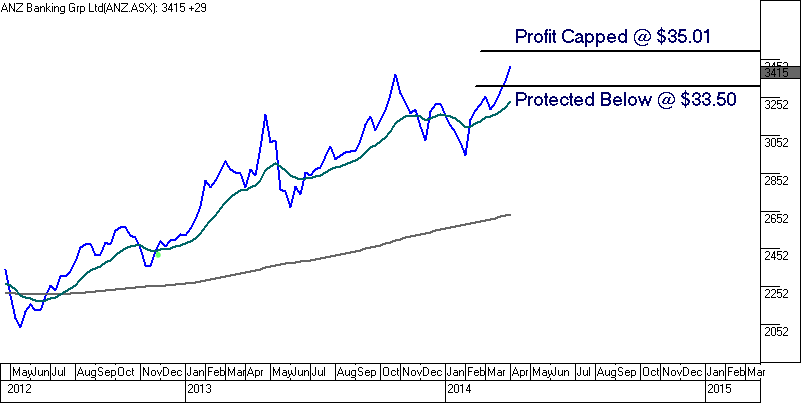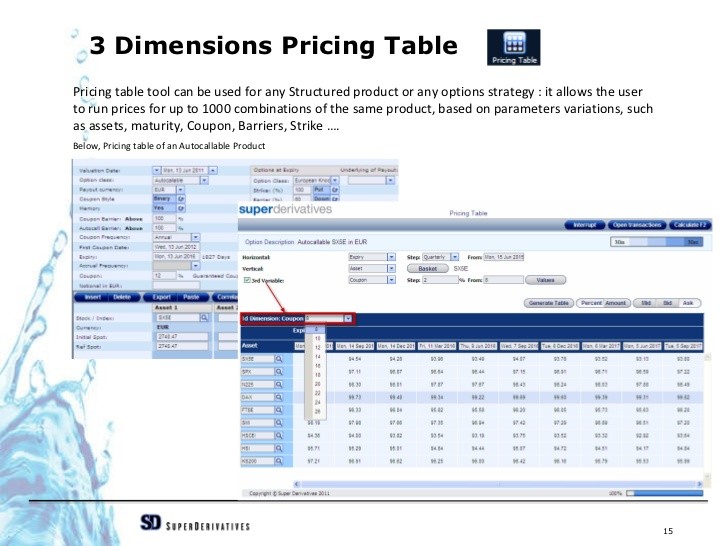How do I use the dividend capture strategy
Post on: 31 Май, 2015 No Comment

The dividend capture strategy is an income-focused stock trading strategy that is popular with day traders. It is an active trading strategy that requires frequent buying and selling of shares, holding them for only a short period of time, just long enough to capture the dividend on a stock.
Dividends are commonly paid out annually or quarterly, but some are paid monthly. Traders using the dividend capture strategy prefer the larger annual dividend payouts, as it is generally easier to make the strategy profitable with larger dividend amounts. Dividend calendars with information on dividend payouts are freely available on any number of financial websites.
At the heart of the dividend capture strategy are four key dates:
• Declaration date. the date when the company declares that it pays a dividend; this occurs well in advance of the payment.
• Ex-dividend date. traders must purchase the stock prior to this critical day to receive the dividend payment; also the day when the stock price is reduced in accord with the dividend amount.
• Date of record: the day when a company records current shareholders as eligible to receive the dividend.
• Pay date: the day when the dividend is paid.

Part of the appeal of the dividend capture strategy is its simplicity; no complex analysis or charting is required. An investor purchases shares of the stock before the ex-dividend date and sells the shares on the ex-dividend date or any time thereafter. Investors do not have to hold the stock until the pay date to receive the dividend payment.
Theoretically, the dividend capture strategy shouldn’t work. If markets operated with perfect logic, then the dividend amount would be exactly reflected in the share price until the ex-dividend date, when the stock price would fall by exactly the dividend amount. Since markets do not operate with such mathematical perfection, it doesn’t usually happen that way. Most often, a trader captures a substantial portion of the dividend despite selling the stock at a slight loss following the ex-dividend date. A typical example would be a stock trading at $20 per share, paying a $1 dividend, falling in price on the ex-date only down to $19.50, which enables a trader to realize a net profit of $0.50, successfully capturing half the dividend in profit. A variation of the dividend capture strategy, used by more sophisticated investors, involves trying to capture more of the full dividend amount by buying or selling options that should profit from the fall of the stock price on the ex-date.
The dividend capture strategy offers continuous profit opportunities, since there is at least one stock paying dividends almost every trading day. Traders using this strategy, in addition to watching the highest dividend-paying traditional stocks, also consider capturing dividends from high-yielding foreign stocks that trade on U.S. exchanges and exchange-traded funds that pay dividends.
Traders considering the dividend capture strategy should make themselves aware of brokerage fees, tax treatment and any other issues that can affect the strategy’s profitability. There is no guarantee of profit; if the stock price drops dramatically after a trader acquires shares for reasons completely unrelated to dividends, the trader can suffer substantial losses.














